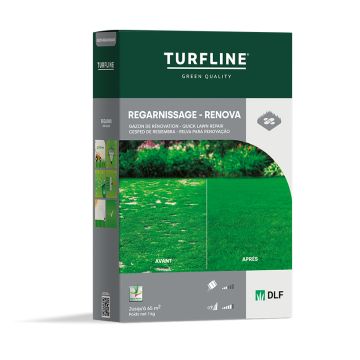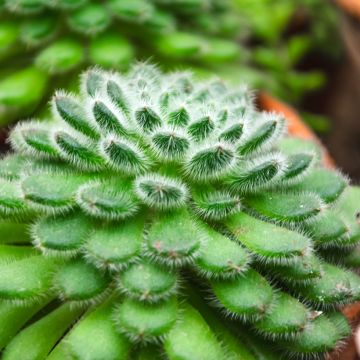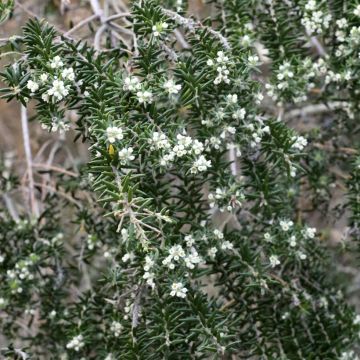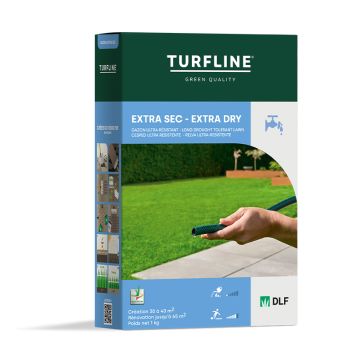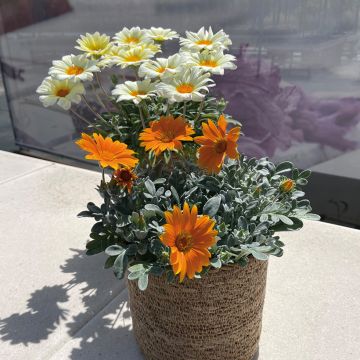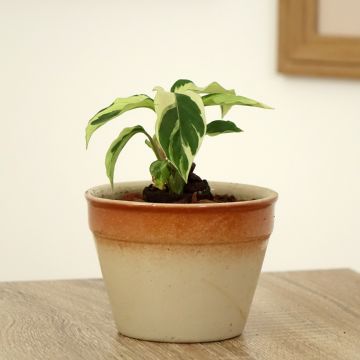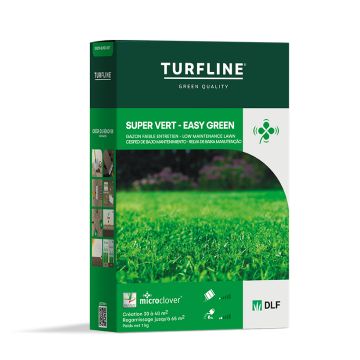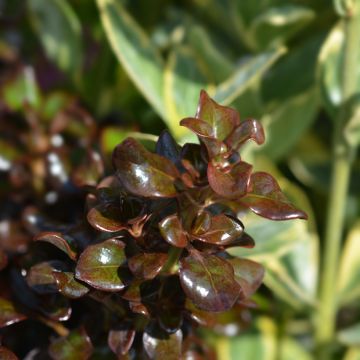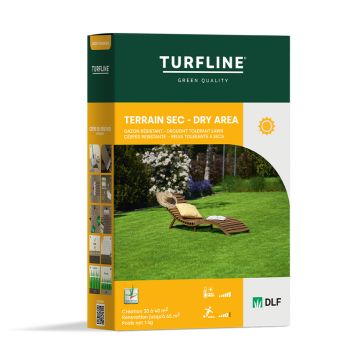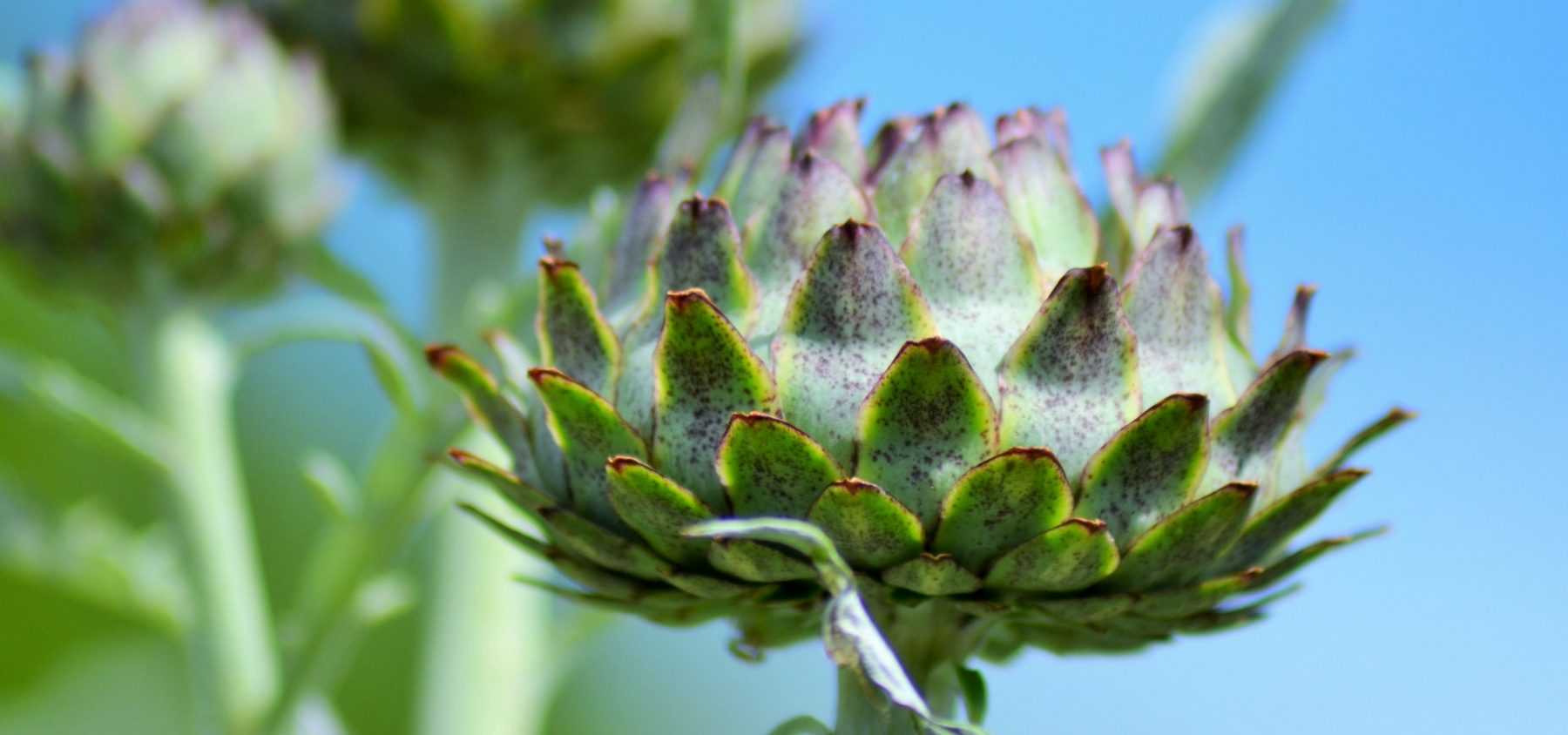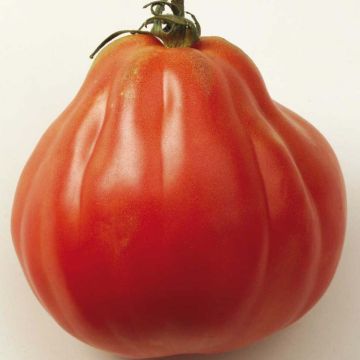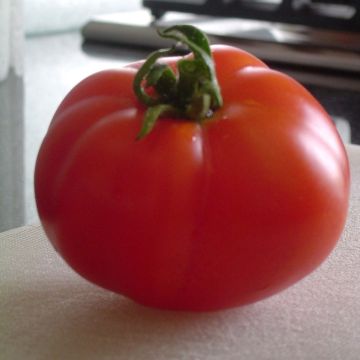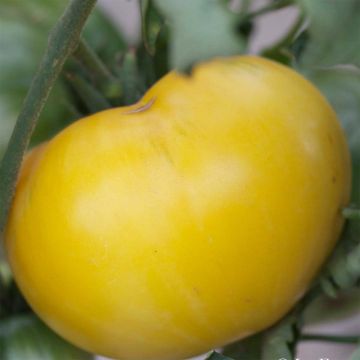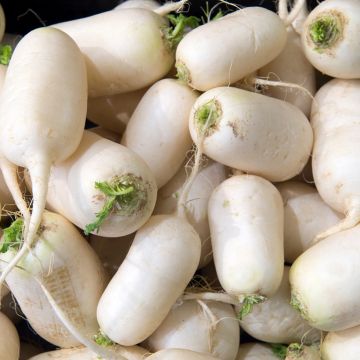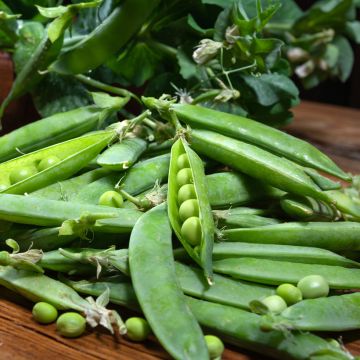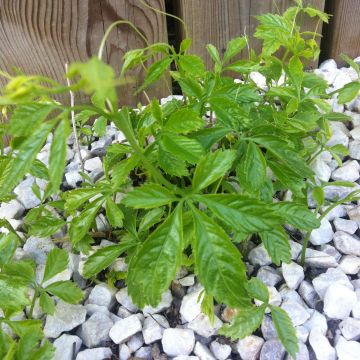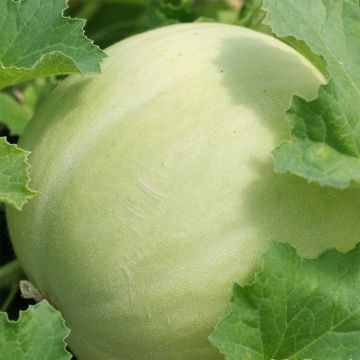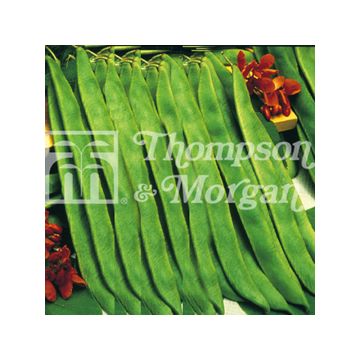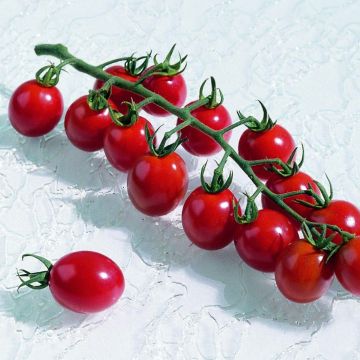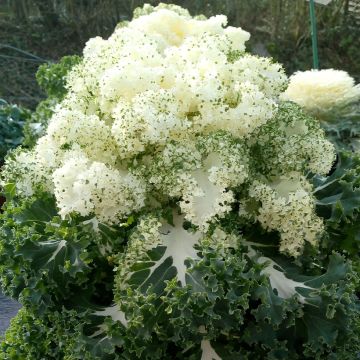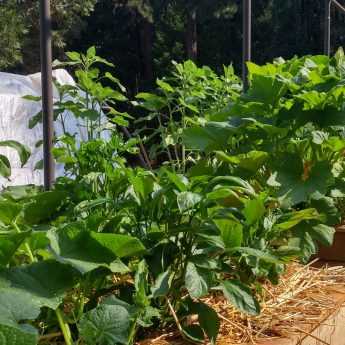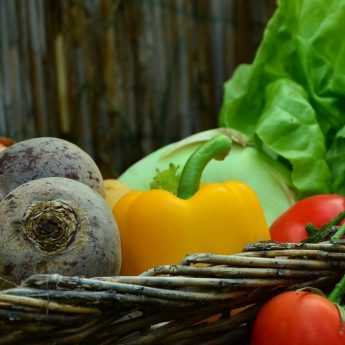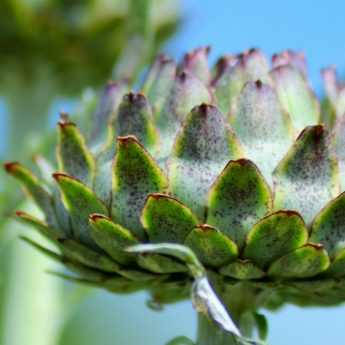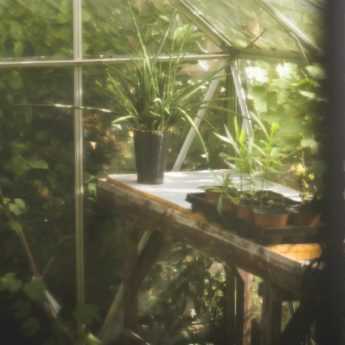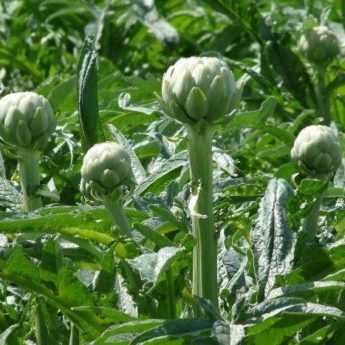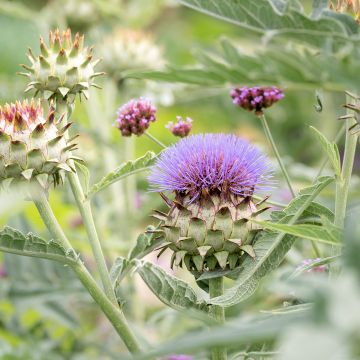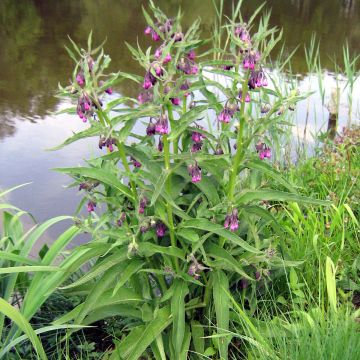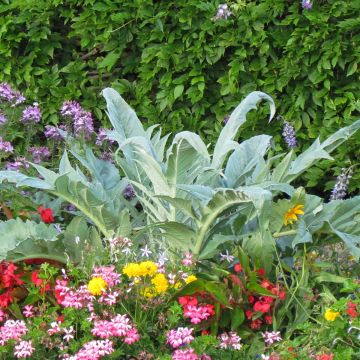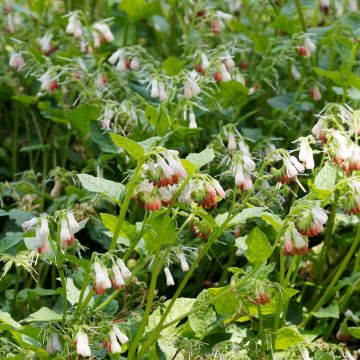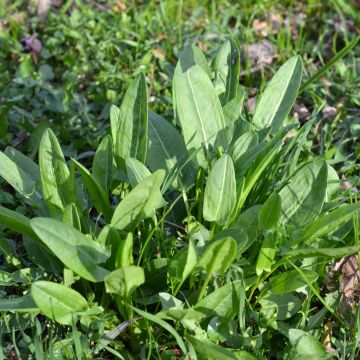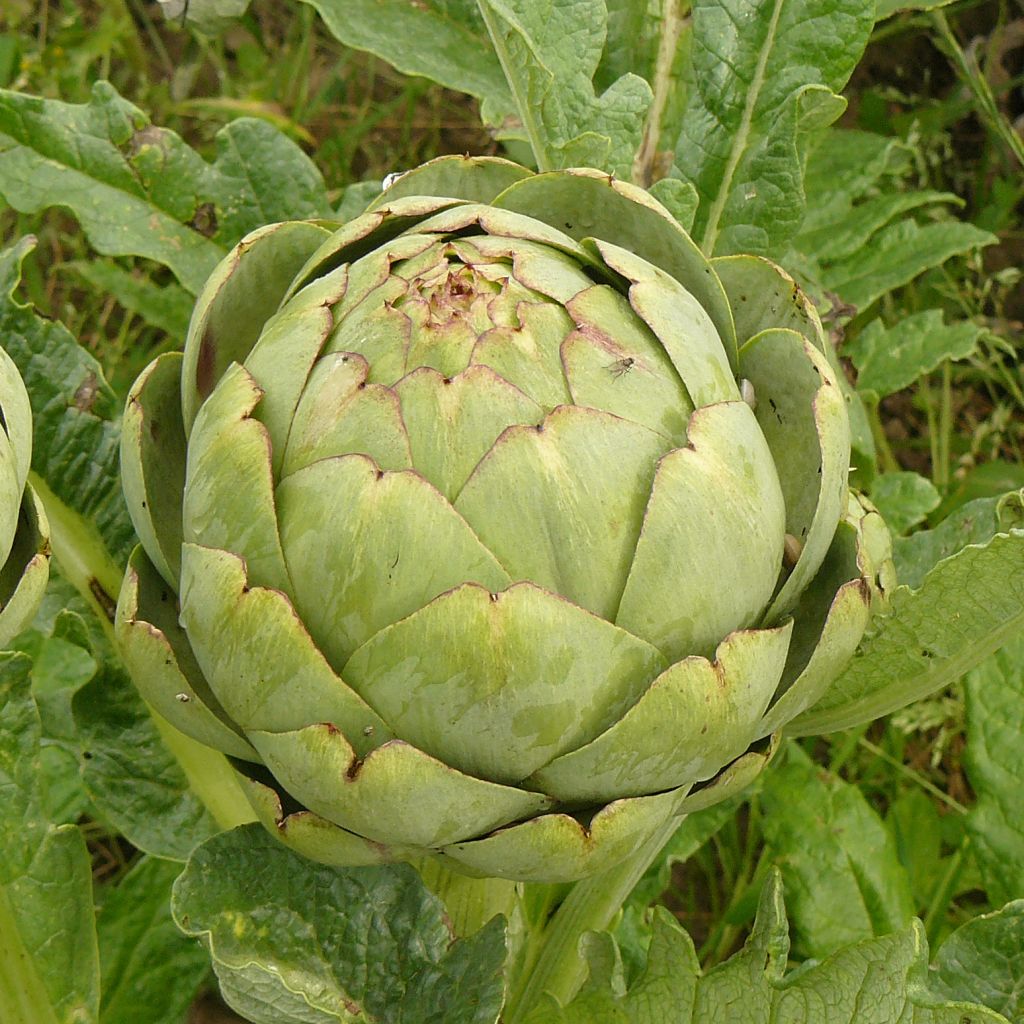

Artichoke Gros Vert de Laon
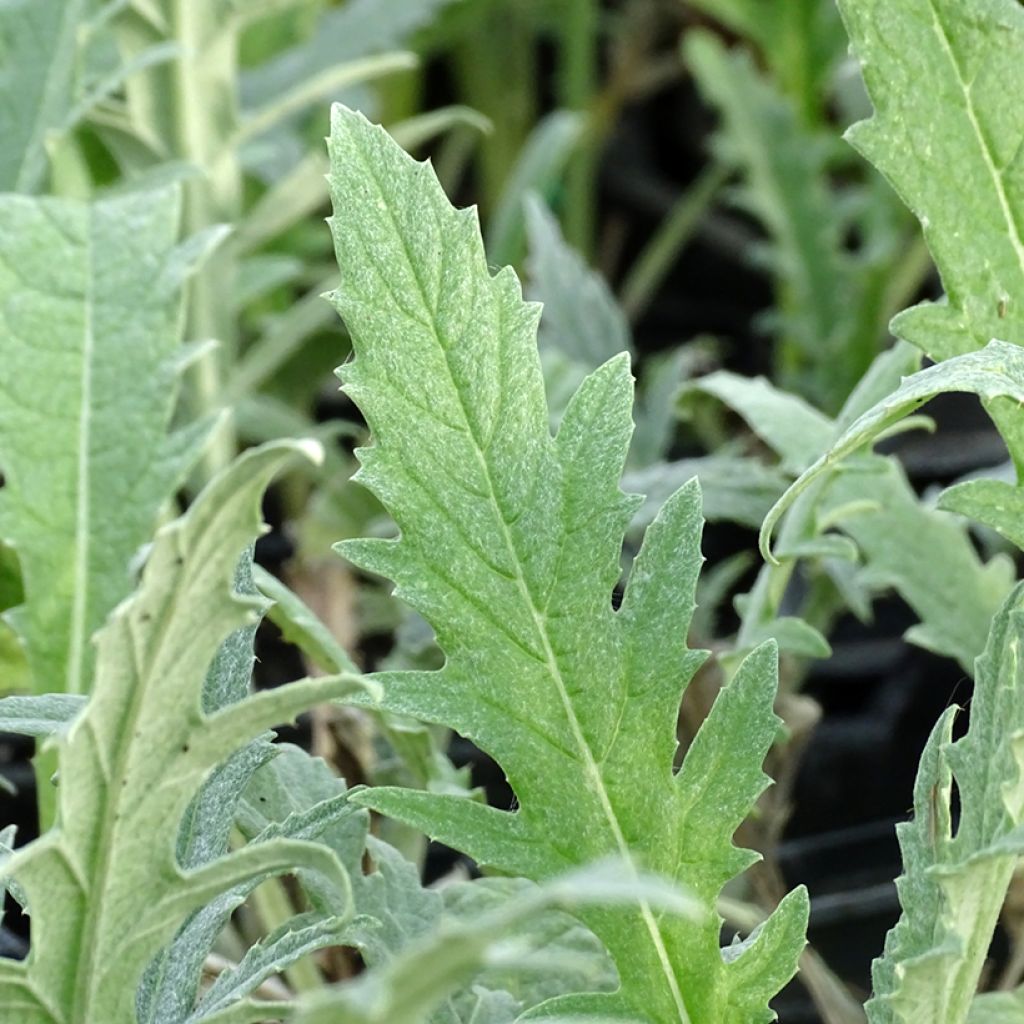

Artichoke Gros Vert de Laon
Artichoke Gros Vert de Laon
Cynara scolymus Gros Vert de Laon
Globe Artichoke
Why not try an alternative variety in stock?
View all →This plant carries a 6 months recovery warranty
More information
We guarantee the quality of our plants for a full growing cycle, and will replace at our expense any plant that fails to recover under normal climatic and planting conditions.
From €7.90 for pickup delivery and €6.90 for home delivery
Express home delivery from €8.90.
From €7.90 for pickup delivery and €6.90 for home delivery
Express home delivery from €8.90.
Description
Artichoke Gros Vert de Laon is a hardy variety, well adapted to cool regions. Also known as 'cat's head', this variety produces large green heads with a delicate flavour. Plant it in spring (or in autumn in regions with mild winters) and harvest from May to August. The plant will remain productive for approximately 4 years.
The artichoke, like the cardoon, has large, finely cut, silver-grey leaves. At the end of the stems, green or purple heads form, which can be consumed raw or cooked depending on the variety. If you let them bloom, you will get very decorative blue-violet flowers. Artichokes can be grown in the vegetable garden or the garden as an ornamental plant. At maturity, artichokes can reach a height of 1 to 1.50 metres (3 to 5 feet), with a width of about one metre. If you protect the base during winter, you can harvest artichokes for several years. It is the base of the bracts and the heart that is normally eaten. Some varieties can be eaten raw when the heads are small, but most artichokes need cooking, usually steaming.
Harvesting: Harvest the heads from May to August, before flowering when they are perfectly formed, with the lower bracts starting to open. Cut cleanly with a knife or secateurs, leaving a 10 cm (4in) stem.
Storage: Artichokes should be consumed quickly after harvesting. They can also be preserved.
Gardener's tip: Since artichokes are a nutrient-demanding vegetable, they are best planted after a crop of peas, beans, or broad beans. These belong to the legume family and enrich the soil with nitrogen. Since artichokes grow quite slowly, you can plant fast-growing vegetables like lettuce nearby.
Artichoke Gros Vert de Laon in pictures
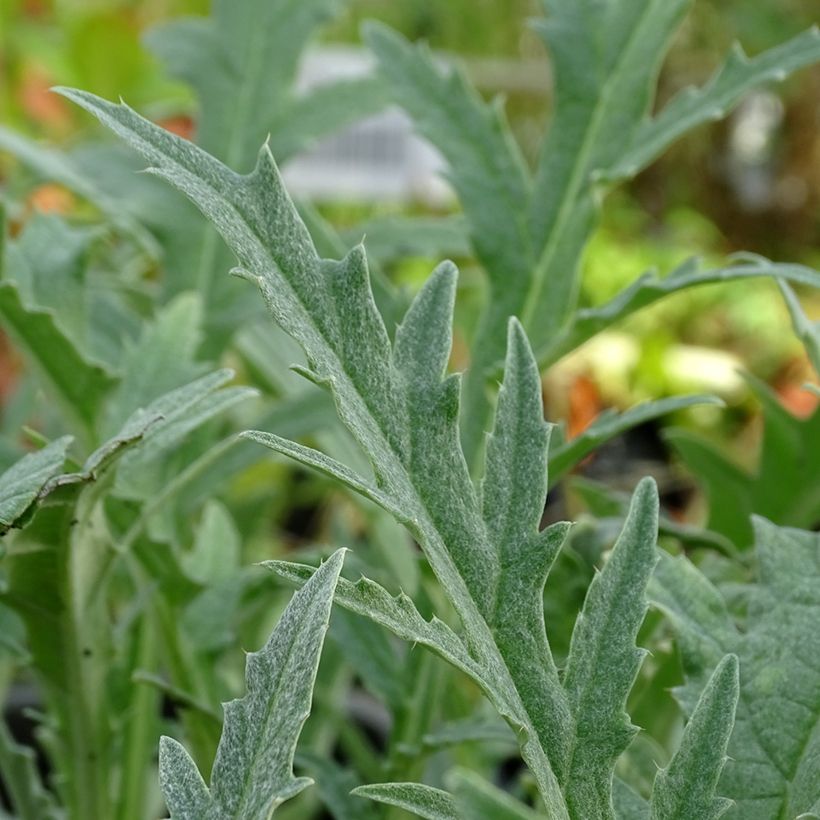

Harvest
Plant habit
Foliage
Other Vegetable garden A to Z
View all →Planting and care
Artichokes thrive in rich, humus-rich, moist, and well-drained soil, in a sunny location if possible. A significant amount of well-rotted compost should be added in the preceding autumn, by working it into the soil to a depth of 5 cm (2in). Plant in spring, March-April, or autumn, September-October, in regions with mild winters.
Dig a hole (3 times the volume of the root ball), place the root ball in it, and cover it with soil. Firm and water to keep the soil moist. Space the plants 1 metre (3 feet) apart in all directions. Water at the base regularly, but moderately to prevent root rot.
Before the first frost, cut the stems that have produced artichokes to ground level, then cut the main leaves in half. Add well-rotted compost every year in autumn.
Artichokes will withstand temperatures as low as -5°C (23°F) and need to be protected before the first frosts. Mound soil around the base, covering it to a height of 20 to 30 cm (8 to 12in), then cover it with a layer of straw or dead leaves. Remove the mulch in February and remove the mound of soil in March.
The yield decreases after 3 to 4 years, so it is best to replant with new plants.
Cultivation
Care
Intended location
Planting & care advice
-
, onOrder confirmed
Reply from on Promesse de fleurs
Old and forgotten vegetables
Haven't found what you were looking for?
Hardiness is the lowest winter temperature a plant can endure without suffering serious damage or even dying. However, hardiness is affected by location (a sheltered area, such as a patio), protection (winter cover) and soil type (hardiness is improved by well-drained soil).

Photo Sharing Terms & Conditions
In order to encourage gardeners to interact and share their experiences, Promesse de fleurs offers various media enabling content to be uploaded onto its Site - in particular via the ‘Photo sharing’ module.
The User agrees to refrain from:
- Posting any content that is illegal, prejudicial, insulting, racist, inciteful to hatred, revisionist, contrary to public decency, that infringes on privacy or on the privacy rights of third parties, in particular the publicity rights of persons and goods, intellectual property rights, or the right to privacy.
- Submitting content on behalf of a third party;
- Impersonate the identity of a third party and/or publish any personal information about a third party;
In general, the User undertakes to refrain from any unethical behaviour.
All Content (in particular text, comments, files, images, photos, videos, creative works, etc.), which may be subject to property or intellectual property rights, image or other private rights, shall remain the property of the User, subject to the limited rights granted by the terms of the licence granted by Promesse de fleurs as stated below. Users are at liberty to publish or not to publish such Content on the Site, notably via the ‘Photo Sharing’ facility, and accept that this Content shall be made public and freely accessible, notably on the Internet.
Users further acknowledge, undertake to have ,and guarantee that they hold all necessary rights and permissions to publish such material on the Site, in particular with regard to the legislation in force pertaining to any privacy, property, intellectual property, image, or contractual rights, or rights of any other nature. By publishing such Content on the Site, Users acknowledge accepting full liability as publishers of the Content within the meaning of the law, and grant Promesse de fleurs, free of charge, an inclusive, worldwide licence for the said Content for the entire duration of its publication, including all reproduction, representation, up/downloading, displaying, performing, transmission, and storage rights.
Users also grant permission for their name to be linked to the Content and accept that this link may not always be made available.
By engaging in posting material, Users consent to their Content becoming automatically accessible on the Internet, in particular on other sites and/or blogs and/or web pages of the Promesse de fleurs site, including in particular social pages and the Promesse de fleurs catalogue.
Users may secure the removal of entrusted content free of charge by issuing a simple request via our contact form.

































